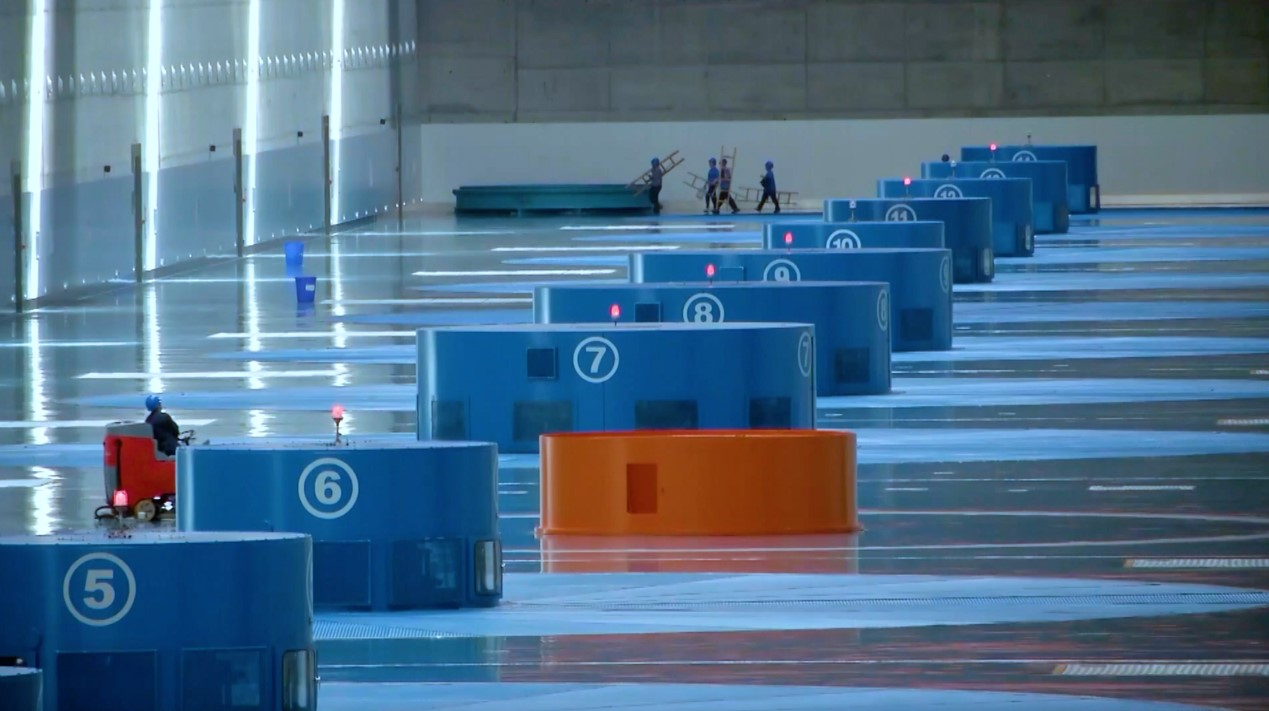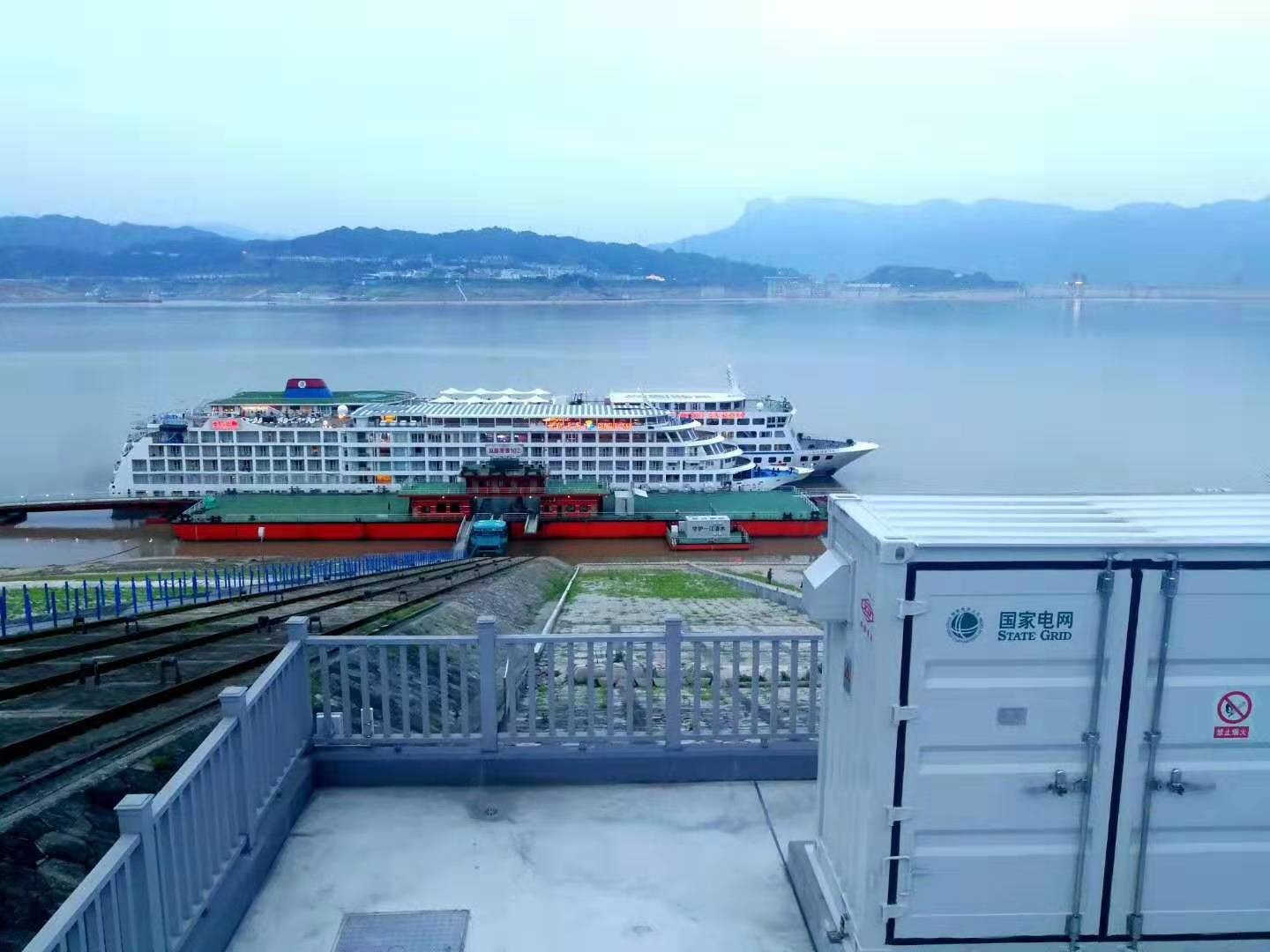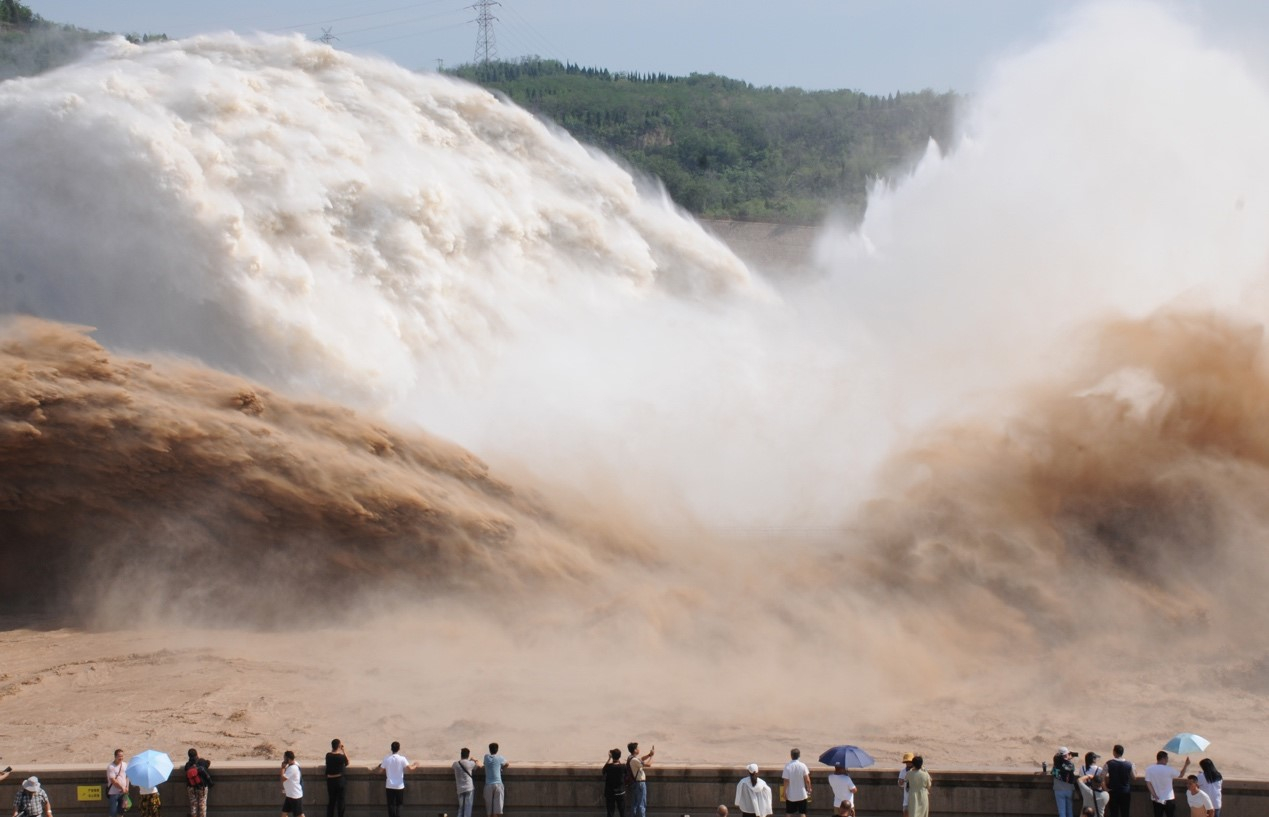02:30

Building a dam and reservoir facility on the world's third-longest river, or the longest in China, was an unprecedented task. The Three Gorges Dam is believed to be an icon of China's water projects. It's a milestone that marks the nation's ability to control flooding.
The main function of the Three Gorges Dam is to reduce water flow from frequent flooding. The most recent water catastrophe at the Yangtze River basin killed 4,000 in 1998. Back then, the dam was still under construction.
The situation has changed since the dam was built. It faced its first major flood control test in 2010, when the flow peaked at 70,000 cubic meters per second, 20,000 cubic meters more than 1998.
Research showed the design of the dike could potentially defend against floods that occur once every thousand years.
"The major function of the Three Gorges Dam project is to prevent flooding and protect the safety of the banks of the Yangtze River. In addition to that, we want to take the advantage of the strong water flow to generate power," said Liu Lianwei, hydropower expert at Three Gorges Hydropower Station.

Inside the Three Gorges Dam, 32 generators produce enough electricity to power 42 million homes in a year. /CGTN Photo
Inside the Three Gorges Dam, 32 generators produce enough electricity to power 42 million homes in a year. /CGTN Photo
The Three Gorges project was the result of a serious decision-making process. Scientific investigation and verification took about 40 years.
In the late 1950s, China invited 126 experts from the former Soviet Union to participate in a geological examination at the Three Gorges area.
In 1983, the Yangtze River Water Resource Commission carried out a report on the feasibility of the Three Gorges project, setting storage levels at 150 meters. It soon changed that to 180 meters in response to feedback.
Since 1986, 412 high-profile experts have contributed to the revision process of the feasibility report. The experts offered divided views on many topics, hence the research and discussion took about four years.
Another 163 experts participated in the report reviewing process from late 1990 to mid 1991.
It wasn't until 1992 that China's National People's Congress approved the resolution to build the dam, with a 67.1 percent yes vote. Out of 2,633 deputies, 1,767 voted in favor, 177 against, 644 abstained and 25 did not vote.

Shore power grid construction is underway at the Three Gorges area to replace diesel generators on the vessels. /CGTN Photo
Shore power grid construction is underway at the Three Gorges area to replace diesel generators on the vessels. /CGTN Photo
One of the biggest controversies was environmental concern. The final resolution considered the effect the dam might bring to local species and river quality.
To address the concerns, a Chinese sturgeon research institute was established to increase the breeding of the endangered species. Local government also built shore-power-charging stations for passing vessels to encourage the usage of clean energy.
China's experience in dam construction is still on a learning curve. The construction of the Three Gorges project learned from the mistakes made by the Sanmenxia Dam on the Yellow River, China's second longest river.
The Sanmenxia Dam was put into use in the 1960s. Shortly after it successfully reduced downstream flooding, new problems arose upstream. Vast amounts of sediment blocked the dam hole and raised the riverbed.
A brand-new dam was built 130 kilometers down the river, the Xiaolangdi Dam. Along with other dams on the Yellow River, Sanmenxia and Xiaolangdi form a collaborative river control system.

Sediment control by the Xiaolangdi Reservoir on the Yellow River. /VCG Photo
Sediment control by the Xiaolangdi Reservoir on the Yellow River. /VCG Photo
"The water conservancy project can help us preserve the river water from the rainy years and supply it in the drought years, to improve the utilization of resources," said Ke Sujuan, Director of the Water Distribution Office from the Yellow River Conservancy Commission.
China's water project serves people nationwide. The water is transferred far away from the rivers to the dry north. The South-to-North Water Diversion Project, started in 2002, is the largest of its kind in the world.
In the next 50 years, the project is expected to benefit 15 percent of the nation's territory. Due to the diversified climate, water sources can't meet the demand from all parts of the country.